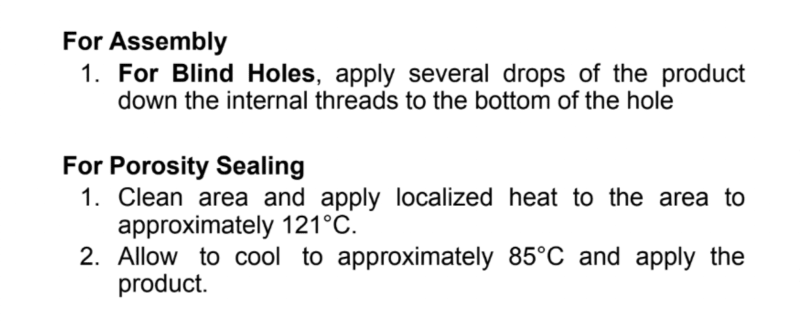I have some small (4”x4”x2”) porous aluminum castings that I would like to seal for a low pressure application <10 PSI.
I do not have a way to vacuum impregnate these in house, nor do I want to send these parts out at the moment. I have found some 2 part, brush on sealants. ( ...But I would also like to avoid mixing and brushing.
Ideally, I am looking for a solution in which I can dip and (temperature?) cure.
Does anyone have any suggestions for me?
I do not have a way to vacuum impregnate these in house, nor do I want to send these parts out at the moment. I have found some 2 part, brush on sealants. ( ...But I would also like to avoid mixing and brushing.
Ideally, I am looking for a solution in which I can dip and (temperature?) cure.
Does anyone have any suggestions for me?

